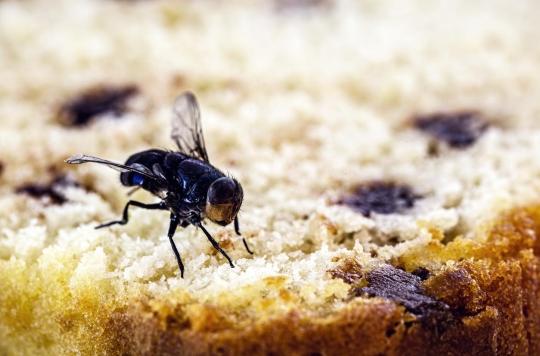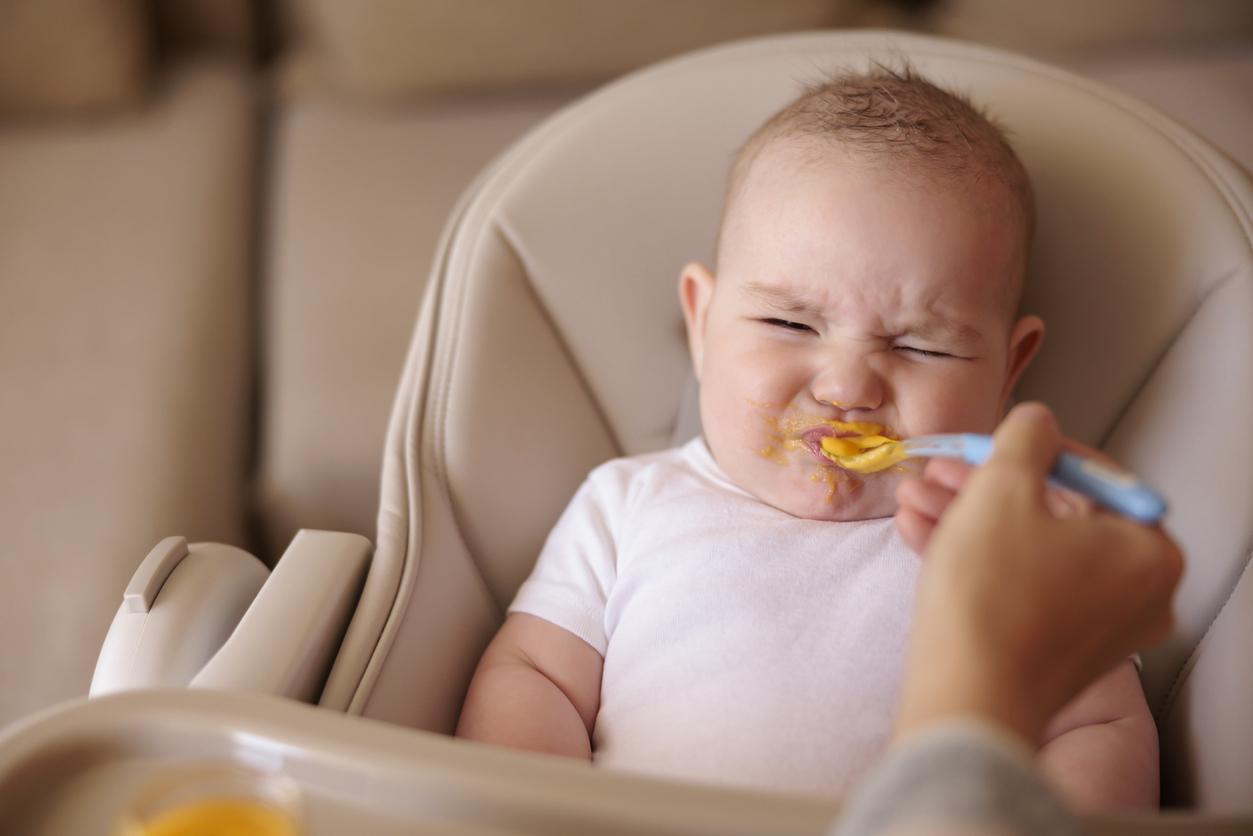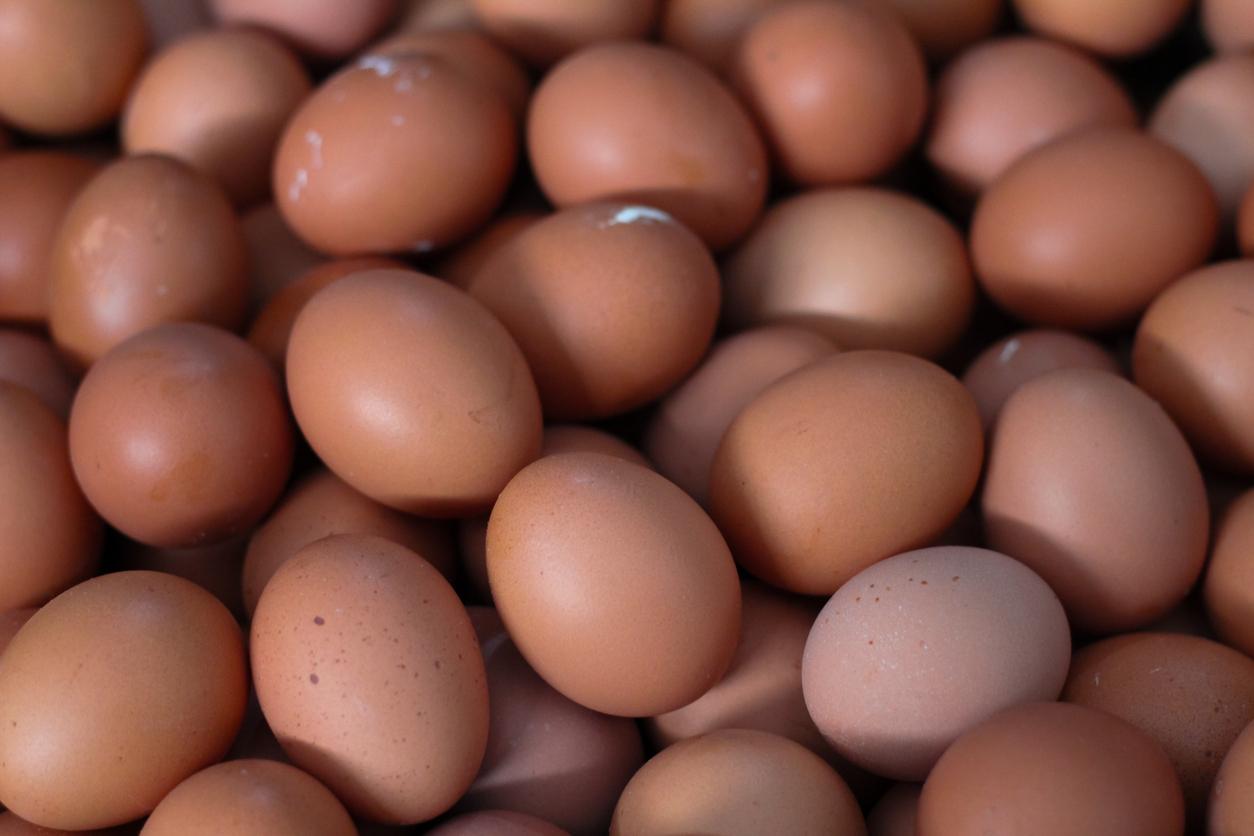Eating food on which a fly has landed is not without health risks, as this insect can transmit diseases to us by vomiting on our food.

- The lifespan of a housefly is about 19 days.
- The fly is the main food source for birds, spiders and toads.
When a fly invites itself to the table and lands on food, it regurgitates saliva on it to put more food in its stomach. Clearly, this insect vomits on our food products that we will then consume. According to a study published in the journal insectsmore attention should be paid to synanthropic flies, i.e. those that do not bite, as they are vectors of many infectious diseases.
Flies feed on fluids of vertebrate animals
“I worked on synanthropic flies in the 1960s. They were largely ignored. Blood-sucking (blood-feeding) flies took center stage. But we should pay attention to the synanthropic flies, which live among us, because they get their nutrients from animals that shed pathogens in their tears, feces and wounds,” explained John Stoffolano, author of the research and researcher at the University of Massachusetts (USA), in a statement.
The fly’s crop “becomes a storage place for pathogens”
According to the scientist, the crop, an organ of the digestive system in the fly, is “a gas tank”. It is more precisely a place where food is stored before it arrives in the digestive tract where it will be transformed into energy. “It’s a place of storage, not digestion, there are very few digestive enzymes or antimicrobial peptides that would neutralize most pathogens. And so, inadvertently, the crop also becomes a place of storage for disease-causing pathogens”, he continued. Once installed on food, the fly regurgitates the fluids of vertebrate animals, containing pathogens, to be able to take a bite of bread, for example.
Resistance to antibacterial treatments
In the works, the author also indicated that the microbes present in the crop develop resistance to antibacterial treatments. “We still don’t know much about these flies. How robust are the immune systems of different flies? Do they promote the growth of pathogens in their guts, or do they just carry diseases from place to place? ‘other? (…) It’s the little things that cause the biggest problems. Our health depends on the attention we pay to those flies that live with us”concluded John Stoffolano.

















